From Impact To Extinction: The Asteroid That Ended Dinosaurs

Introduction
Asteroid impacts have been responsible for dramatic changes on Earth throughout its history. One of the most significant impacts occurred 66 million years ago, and it’s thought to be directly linked to the extinction of the dinosaurs. In this article, we’ll delve into the asteroid that caused this massive disruption on our planet.
The Asteroid That Ended Dinosaurs
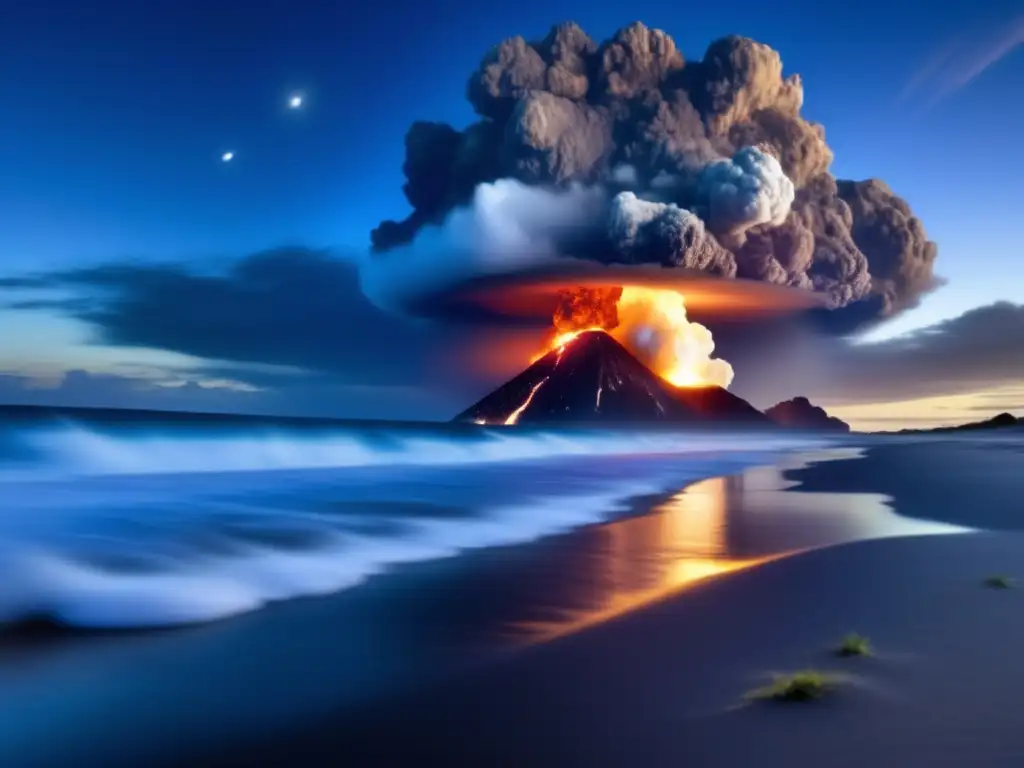
What was the asteroid that ended the dinosaurs?
The asteroid that ended the dinosaurs is known as the Chicxulub impactor. It was an asteroid that struck modern-day Yucatan Peninsula in Mexico around 66 million years ago.
What was the size of the asteroid?
The Chicxulub impactor was estimated to be about 10-15 kilometers (6-9 miles) wide.
What happened when the asteroid hit Earth?
The impact caused an enormous explosion that released the energy equivalent to billions of nuclear bombs. The heat generated by the impact was so intense that it turned the Earth's surface into molten rock, causing massive fires and a tsunami that devastated the coastal areas. The ejected material also caused the atmosphere to become filled with dust and debris, which led to a period of darkness and cooling that lasted for several years.
What were the consequences of the impact?
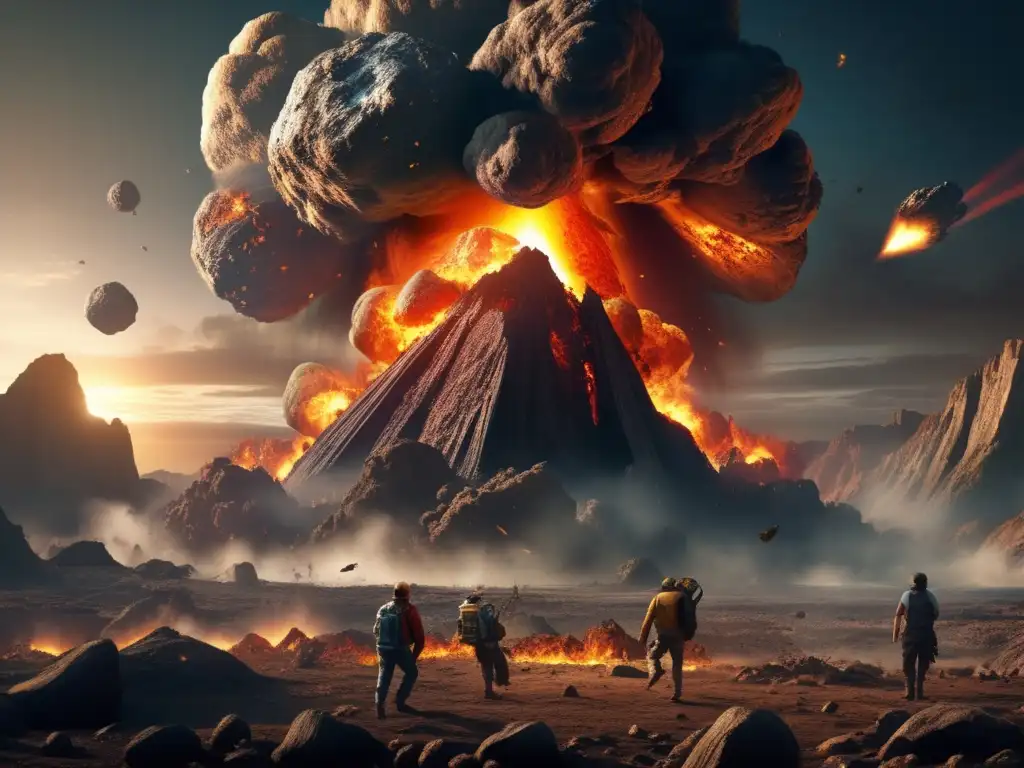
How did the impact affect the environment?
The impact caused a mass extinction event that wiped out around 75% of all species on Earth, including the dinosaurs. The environmental conditions became inhospitable for many organisms due to the darkness and cooling effect caused by the dust and debris in the atmosphere. The food chain was disrupted, and many species were unable to adapt to the new conditions.
What was the long-term effect of the impact?
The impact led to significant changes in the Earth's climate, geology, and ecology. The sudden disappearance of the dinosaurs paved the way for the mammalian diversification, which eventually led to the emergence of humans. The impact also left a massive crater on the Earth's surface, which helps scientists understand the geological history of our planet better.
How do we know about the Chicxulub impactor?

When was the Chicxulub impact discovered?
The Chicxulub impact was discovered in 1978 when a team of geologists found evidence of a massive crater in the Yucatan Peninsula.
What is the evidence that supports the impact hypothesis?
There is a significant amount of evidence that supports the impact hypothesis. The most compelling evidence is the Chicxulub crater, which was found to have been formed at the same time as the mass extinction event. The layer of rocks that shows signs of the asteroid impact is present in different parts of the world and has been dated at around 66 million years old. Fossils of animals and plants that went extinct during this period have also been found in the same layer.
Frequently Asked Questions

-
What was the size of the Chicxulub impactor?
The Chicxulub impactor was estimated to be about 10-15 kilometers (6-9 miles) wide.
-
What were the consequences of the Chicxulub impact?
The impact caused a mass extinction event that wiped out around 75% of all species on Earth, including the dinosaurs. It also led to significant changes in the Earth's climate, geology, and ecology.
-
What is the evidence that supports the impact hypothesis?
The Chicxulub crater, the layer of rocks that shows signs of the asteroid impact present in different parts of the world, fossils of animals and plants that went extinct during this period have also been found in the same layer.
-
How did the Chicxulub impact affect the environment?
The Chicxulub impact caused environmental conditions to become inhospitable for many organisms due to the darkness and cooling effect caused by the dust and debris in the atmosphere. The food chain was disrupted, and many species were unable to adapt to the new conditions.
-
When was the Chicxulub impact discovered?
The Chicxulub impact was discovered in 1978 when a team of geologists found evidence of a massive crater in the Yucatan Peninsula.
Conclusion
The Chicxulub impactor was one of the most significant impacts ever recorded in Earth's history. The impact caused a mass extinction event and led to significant changes in the Earth's climate, geology, and ecology. The study of asteroid impacts like this one can help us better understand our planet's history and the evolution of life on Earth.
We hope you found this article informative and engaging. Don't forget to share your thoughts in the comments section and to positively interact with Asteroid Realm, whether by subscribing, sharing the article on social networks, or other forms of participation. Thank you for reading.
Additional Resources
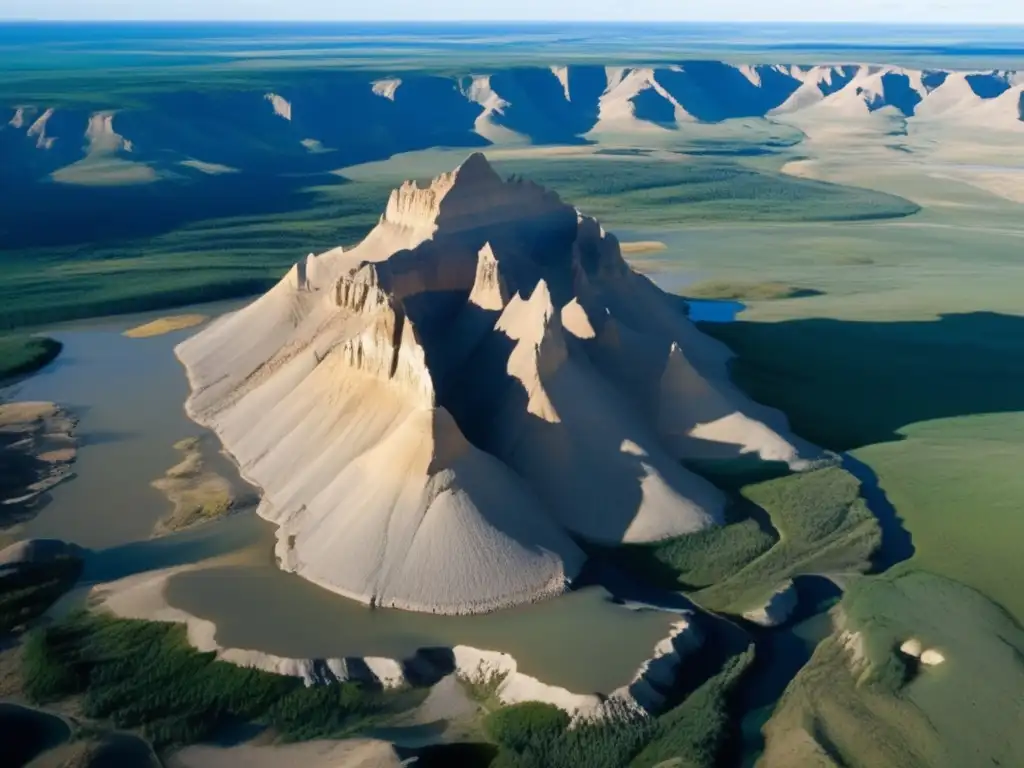
National Geographic - Dinosaur Extinction
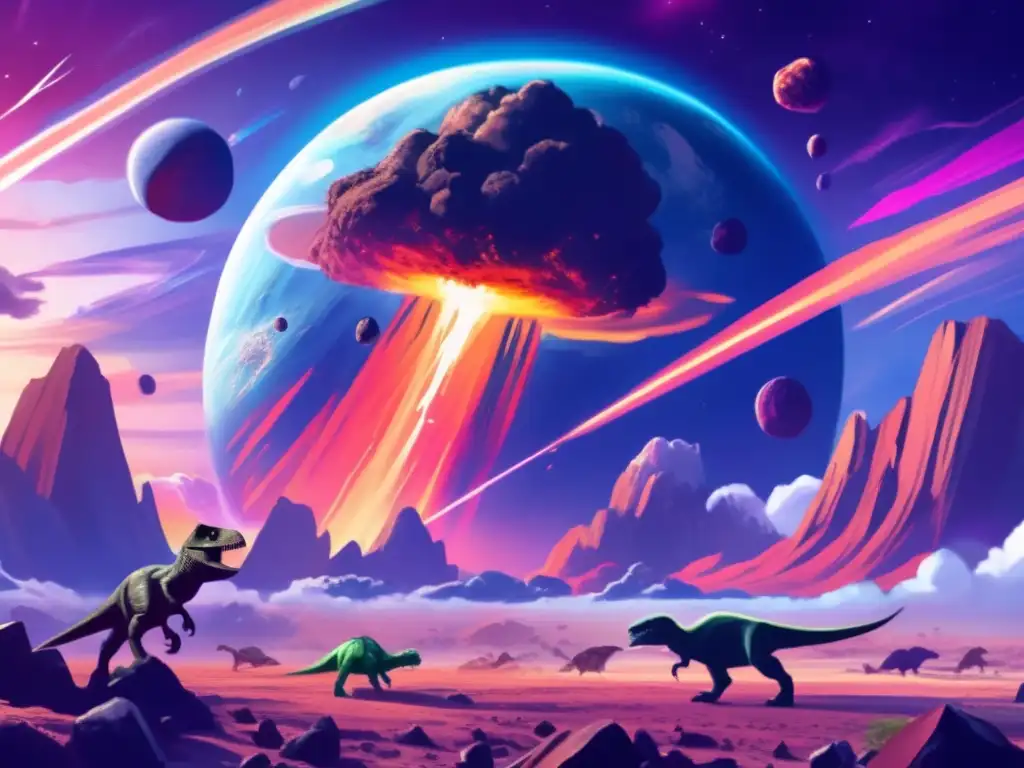 K-T Cataclysm: Asteroids And The Last Days Of Dinosaurs
K-T Cataclysm: Asteroids And The Last Days Of Dinosaurs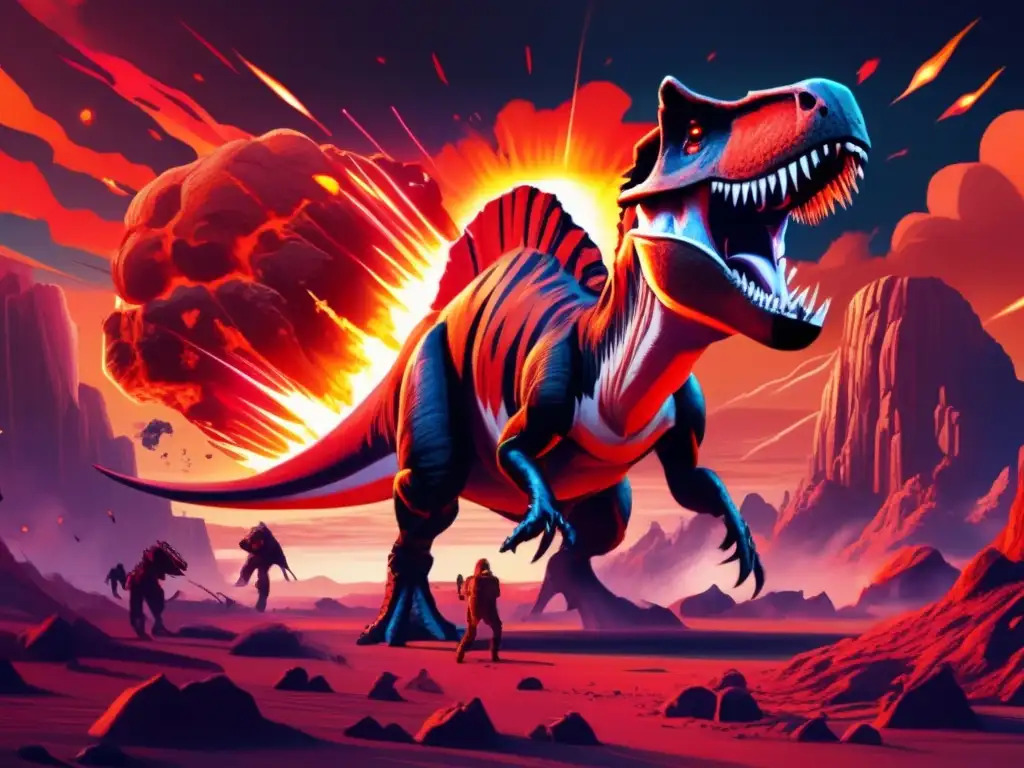 End Of Giants: Asteroids And The Fall Of Dinosaurs
End Of Giants: Asteroids And The Fall Of Dinosaurs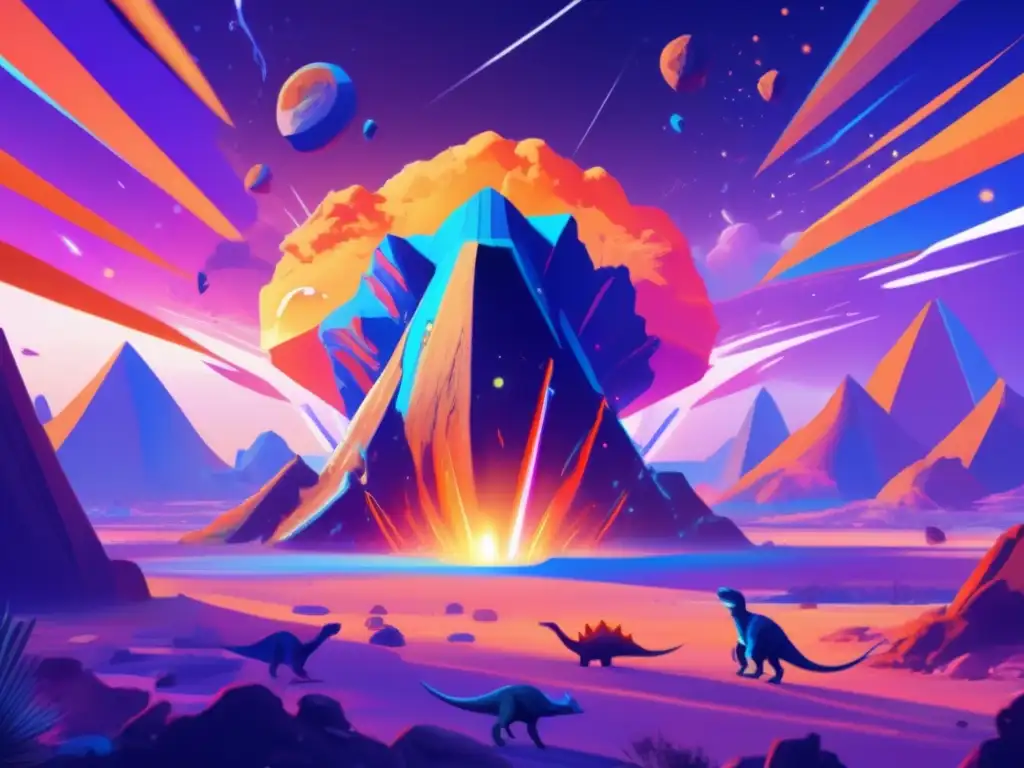 From Dominance To Extinction: Asteroids And Dinosaurs
From Dominance To Extinction: Asteroids And DinosaursIf you want to discover more articles similar to From Impact To Extinction: The Asteroid That Ended Dinosaurs, you can visit the Asteroids and Dinosaurs category.
Leave a Reply

Articulos relacionados: